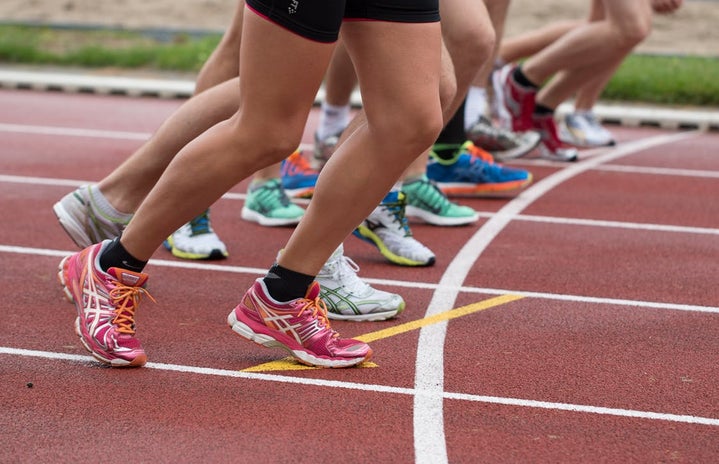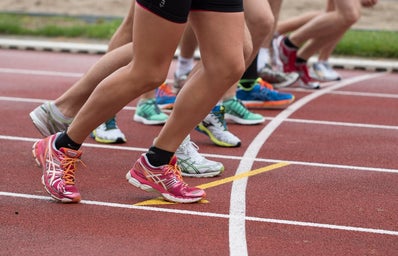For many students, COVID-19 recovery means 10 days in isolation. However, for student-athletes at Boston University, recovery is a little more complex. There are strict steps to get back to practice and on the field. And for many, this process is not linear. Each person’s body responds differently to COVID-19, thus, it is very important for athletes to track their symptoms and progress daily.
After 10 days in isolation, athletes are contacted to schedule an Echocardiogram, also known as an EKG, in addition to a comprehensive health checkup by medical professionals in the athletic department. The EKG shows how the heart is beating and how blood is moving through the heart. The test is done by placing sticky patches called skin electrodes on specific points on the chest, arms, and legs. Then, wires are attached to the patches and connected to the recording machine. In general, this test evaluates the overall function of the heart. After the test, a physician will evaluate the results to determine if there were any abnormalities and if further testing is needed. If there are no abnormalities, then the athlete is cleared to proceed to COVID-19 recovery physical therapy.

The physical therapy portion of recovery follows incremental workouts while tracking symptoms. Depending on the athlete’s symptoms while in isolation, this process usually takes between two and three weeks. Also, for each workout, athletes wear a device to monitor their heart rate. On day one, the workout consists of cardio, either on a treadmill or bike for 30 minutes, keeping the heart rate around 120 beats per minute. If day one is completed without symptoms, the athlete can then increase the duration and intensity of the workout. On day two, additional body weight exercises are added to the cardio for 15 to 20 minutes. In the following days, the maximum heart rate is also increased by increments. If there is good progress after the first week or so, many can begin to participate in parts of practice following guidelines from the athletic trainers. After the recovery program is complete, it is up to the athletic trainers to completely clear the athlete back to practice and competition.
The COVID-19 pandemic has completely changed the way we live our lives. Given the harrowing damage that the virus can do to a person’s body, it’s extremely important that we take care of our bodies. While looking out for the health of both students and athletes, Boston University has implemented a successful program to ensure recovery in all of those who are affected.
Want to keep up with HCBU? Make sure to like us on Facebook, follow us on Instagram, check out our Pinterest board, and read our latest Tweets!



